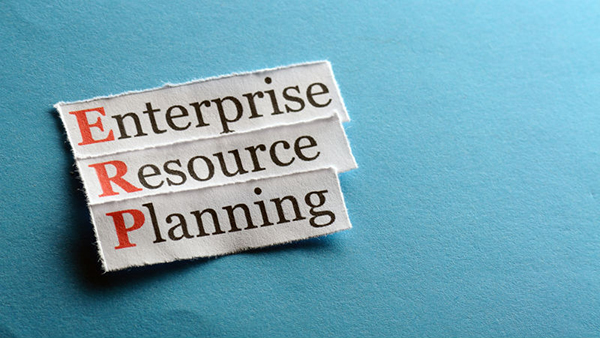ERP News – U.S. & Canada – erpnews.us – With the new year upon us, it is a natural time to look ahead and see what 2016 has in store for the ERP industry. A few trends seem clear heading into the year – the rise of postmodern ERP, an emphasis on getting the most out of ERP deployments and a move to use ERP to protect organizations in a changing IT climate.
The rise of postmodern ERP
According to a recent Enterprise Apps Today report, postmodern ERP is gaining momentum as businesses strive to maximize the value of ERP investments. The theory here is that postmodern ERP concepts break down many flexibility barriers within the ERP sector by enabling organizations to use best-of-breed methodologies to use different software solutions instead of putting all of their resources into a large, monolithic platform.
The news source explained that ERP systems have become much more flexible and adaptable in recent years. This has created an operational climate where companies can mix-and-match different software systems as needed. While this hybrid methodology is still complicated by issues like big data and limited master data management capabilities, core business functions, like HR, finance, supply chain management and CRM can all be easily combined in a hybrid ERP system. This postmodern ERP methodology delivers operational flexibility that was inaccessible in the past.

While the potential benefits of postmodern ERP sound great, achieving these results depends on improving application data management, not just focusing on core master data management principles, the report said. In particular, organizations need to use data and application management functions to both establish clear governance policies and enforce those measures across the business.
Postmodern ERP a vital part of purchasing decisions
In a recent interview with Manufacturing Business Technology, Forrest Burnson, a researcher with Software Advice, explained that postmodern ERP is among the key considerations for companies considering an investment into ERP systems. Pointing to research from Gartner, Burnson explained that postmodern ERP is one of the three most important trends emerging in the ERP industry. Other key trends mentioned by Burnson include the rise of niche vendors across the industry and increased acceptance of cloud systems.
Burnson also provided guidance on how organizations should go about choosing an ERP solution, a process that is key when trying to identify the best option for a postmodern system or if you are working to make the most of your upcoming investment.
“In general, you want to involve your department heads, a few members of your IT teams, and any other mission-critical employees who will be the ‘power users’ of the software (e.g., accountants, supply chain planners, operations managers, etc.),” Burnson told the news source. “It’s critical to strike a balance between having the right people on the selection committee but obviously you don’t want to get paralysis from having to deal with too many butting heads.”
Selecting the best ERP system for your business is the first step in maximizing the value of your platform. A recent report from The Wall Street Journal detailed how businesses can find momentum for their ERP deployment beyond the initial rollout phase.
Sustaining ERP value creation
The Wall Street Journal report explained that many companies get a great deal of momentum around their ERP projects when getting them off the ground, but struggle to maintain that energy once the system is in use on a day-to-day basis. Claudio Soutto, a partner at Deloitte Brasil, explained that many businesses are failing to maximize the value potential of their ERP systems because they are unable to use the system as it was designed on a continual basis. The result is millions of dollars in return on investment being left on the table.
“You have to actively manage and maintain an ERP system to generate the expected benefits, but very few companies follow up after the implementation to confirm they are achieving the anticipated value,” Soutto told the news source.
CIOs, in particular, have reason to emphasize ERP value creation. Soutto explained that CIOs need to be able to demonstrate the value of real-time data across the organization for a wide range of projects, and a successful ongoing ERP program will go a long way toward showcasing the value potential here.
ERP can also help companies mitigate risk. This is becoming especially evident as organizations face a complex IT services environment.
Using ERP to mitigate risk
Value creation is possible through both creating new revenue potential and preventing fiscal losses. The rapidly changing IT services industry highlights the potential losses that an ERP system can help companies avoid. Citing research from IDC, a recent TechTarget report explained that by 2020, approximately 30 percent of tech suppliers currently in the market will have either failed, been acquired or changed dramatically. As businesses become dependent on these service providers for everything from virtualization functions to core cloud systems, they must be prepared to handle the operational disruption that will come when different vendors go out of the market.
ERP systems provide the planning, data visibility and process management functions that organizations need to handle the tumultuous IT services market. The inevitable disruption – ranging from needing to migrate data to new systems, switch vendors or provide self-support as new service providers won’t help with older systems – can be handled with greater ease when companies have their own affairs optimized within the ERP platform.
Innovation is a common theme across many sectors, and ERP solutions can create a foundation for value creation and progress in 2016.




